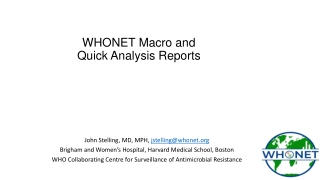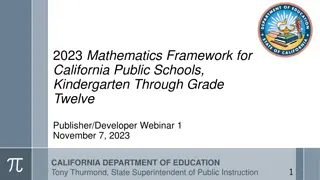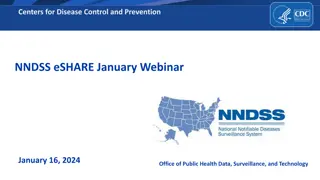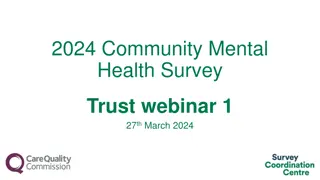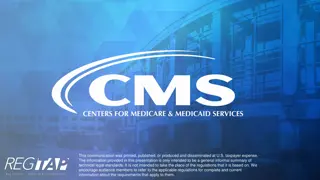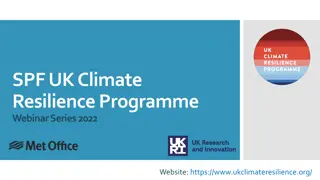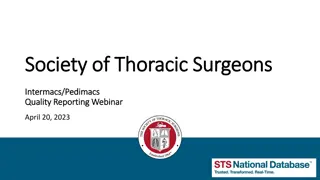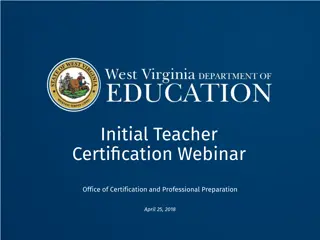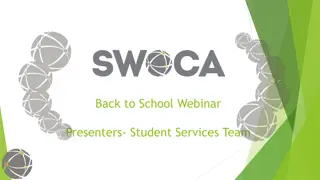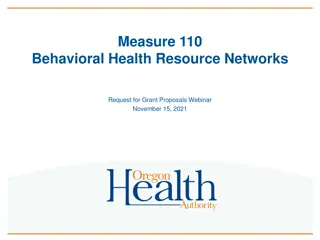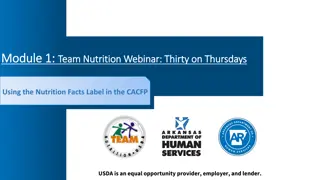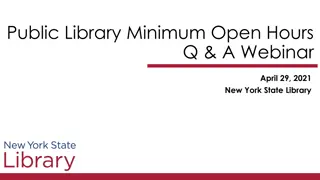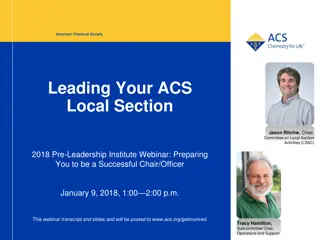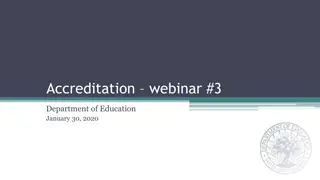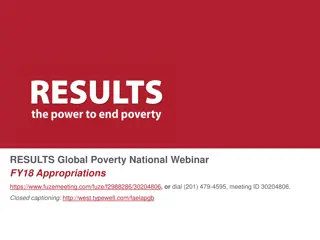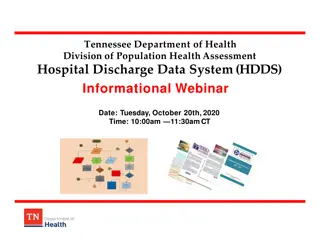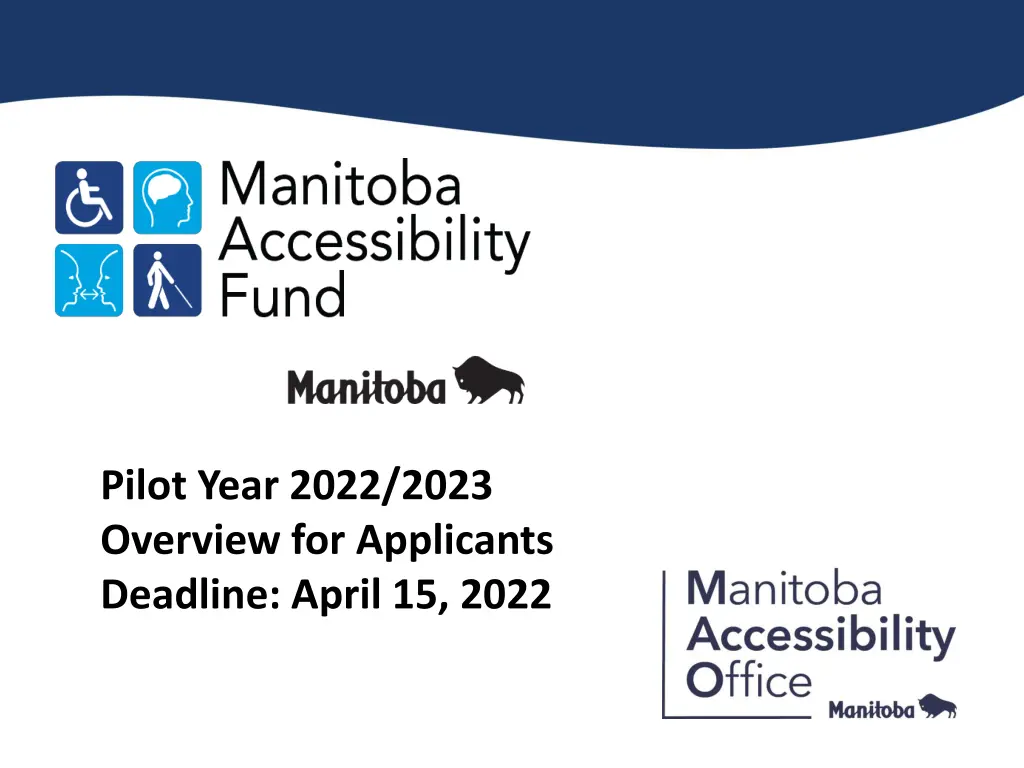
Manitoba Accessibility Fund 2022/23: Overview & Objectives
Discover the Manitoba Accessibility Fund's Pilot Year for 2022/23, focusing on key accessibility standards and objectives. Learn how projects are supporting Manitoba's accessibility law by raising awareness, developing resources, and removing barriers to information and communications.
Download Presentation

Please find below an Image/Link to download the presentation.
The content on the website is provided AS IS for your information and personal use only. It may not be sold, licensed, or shared on other websites without obtaining consent from the author. If you encounter any issues during the download, it is possible that the publisher has removed the file from their server.
You are allowed to download the files provided on this website for personal or commercial use, subject to the condition that they are used lawfully. All files are the property of their respective owners.
The content on the website is provided AS IS for your information and personal use only. It may not be sold, licensed, or shared on other websites without obtaining consent from the author.
E N D
Presentation Transcript
Pilot Year 2022/2023 Overview for Applicants Deadline: April 15, 2022
Background In April 2021, the Manitoba government announced the creation of a $20 million endowment fund held by the Winnipeg Foundation to enhance Manitoba s accessibility and to support compliance with The Accessibility for Manitobans Act (AMA) and its standards. As of 2022/23, the Manitoba government will use the annual growth of the endowment fund to distribute grants to organizations and businesses via the Manitoba Accessibility Fund (MAF). 2022/23 is a the MAF Pilot Year. MAF objectives and target recipients may change from year to year.
AMA Accessibility Standards In the Pilot Year, MAF will focus on the first three accessibility standards: Customer service (2015) aims to prevent and remove barriers to accessing goods and services 1. Employment (2019) requires barrier-free practices related to employee recruitment, hiring and retention 2. 3. Information and Communications (anticipated in 2022) which sets requirements for removing barriers to information and communications electronic, in print and in person information.
2022/23 Objectives Projects must support Manitoba s accessibility law by: Raising awareness about the prevention and removal of barriers, Developing tools, resources and training to support compliance with AMA standards, and/or Removing barriers to information and communications.
Examples of eligible activities (1/3) Objective 1: raising awareness about the prevention and removal of barriers A construction company plans to hire employees with disabilities, including people who are Deaf and hard of hearing. It consults with employment agencies and disability organizations about accommodations in the sector, and does research about best practices. It will expand the project s impact by sharing best practices with Manitoba s construction sector. 5
Examples of eligible activities (1/3) Objective 1: raising awareness about the prevention and removal of barriers continued A summer day camp includes children with disabilities and wants to exceed requirements of the Accessibility Standard for Customer Service. It will start by consulting other inclusive camps to enhance its policies and programs, then will apply the model to its August day camps and evaluate the model. Findings will be shared with other Manitoba camps. Projects that celebrate events including: Manitoba Access Awareness Week, Indigenous Disability Awareness Month, International Day of Persons with Disabilities, #PurpleLightup global awareness campaign of the economic contribution of people with disabilities. 6
Examples of eligible activities (2/3) Objective 2: developing tools, resources and training to support compliance with AMA standards A community club plans to design a training program on the Accessibility Standards for Customer Service or Employment with a focus on its services and participants. It will expand the project s impact by collaborating with similar community organizations. Provide staff training on how create accessible documents, for example using Microsoft Word. Training could be offered to staff on how to provide accessible in-person communication, including for people who are agitated or have difficulty understanding. 7
Examples of eligible activities (3/3) Objective 3: removing barriers to information and communications A small municipality wishes to review its information and communication to determine best practices to be inclusive of their diverse community members. It plans to consult with community members, disability organizations and experts on web accessibility before updating its website. It will produce a project report to share with other small municipalities. Producing key information using video-taped American Sign Language. 8
Examples of eligible activities (3/3) Objective 3: removing barriers to information and communications continued Creating a best practice guide for educators meeting students online, including speaking tips for diverse audiences, using technology of various platforms, applying closed captioning to images, and other accommodations. Hiring a consultant to improve accessibility of a website (digital enhancements must be consistent with WCAG 2.1 Level AA). Adding a large screen monitor to help clients access services, e.g. for employment seekers with low vision to access online employment training 9
Ineligible activities Projects outside of Manitoba Retrofits and renovations affecting buildings, as specified in the Manitoba Building Code On-going operational costs or programs Core or essential services that are the responsibility of the municipal, provincial or federal body Projects linked to the delivery of core education, health and social services programs delivered through provincial or federal funding Private residential Wage subsidies, placement programs or employee assistance programs
Organizational Eligibility Eligible - Businesses - Non-profit organizations, including unions - Charitable organizations - Municipalities, local authorities, planning districts - Northern Affairs Community Councils - School divisions, universities, and colleges Ineligible - Individuals - Organizations not located in Manitoba - Organizations not open to the public (private clubs)
Funding Maximum grant amount in 2022/23 is $50,000 No minimum amount MAF will fund up to 100% of costs Application may include up to 10% for administration An organization is limited to one application per year, but may collaborate with multiple applicants.
Eligible & Ineligible Costs Eligible Ineligible - Salaries for project staff and consultants - Project and resource promotion - Translation into French, American Sign language and Manitoba s indigenous languages - general operating costs - building renovations (such as ramps, and automatic door openers) - furniture, including to accommodate employees See MAF Guidelines for complete list.
Selection Eligibility: Applicant and project meet all eligibility criteria and have completed the application requirements by the deadline.The project supports the 2022/23 objectives. Capacity: Does the applicant have the ability to administer, manage and oversee the project with the available human and financial resources? Does the applicant show a commitment to accessibility? Work plan, budget and results: Does the project set out clear steps within a reasonable timeframe and budget? Does the project identify reasonable results and a means of evaluating these?
Selection Inclusion: Has the applicant integrated the expertise of Manitobans disabled by barriers in the development, delivery and/or evaluation of the project? Will the project engage a significant number of people and/or organizations? Impact: Will the proposed project enhance accessibility awareness and compliance with the AMA? Will the project benefit a significant number people or serve as a model for other organizations? Does the project target an underserved population or region? Other considerations: Depending upon demand, priority will be given to projects that demonstrate innovation, respond to identified needs and promote accessibility beyond the funding period.
2022/23 Applications Application intake begins March 1, 2022 Application deadline is April 15, 2022 Organizations may submit only one application, but may collaborate in multiple projects.
MAF Resources AccessibilityMB.ca/fund.html
Applicant Information Full legal organization/business name Contact name Organization/business telephone Organization/business email Organization/business website, if applicable If your organization has been operating in Manitoba on or before March 1, 2021
Categories of Manitoba Applicants Non-profits, including charities, unions and professional or other organizations that are registered with the Companies Office or smaller non-profits with a registered bank account and in operation for at least one year. MAF funds non-profits on reserve. Municipalities and local authorities, including planning districts & Northern Affairs Community Councils Businesses including franchises that are registered with the Companies Office. MAF funds businesses on reserve. Public sector organizations, including universities, colleges, school divisions. Crown Corporations are ineligible.
Provide Charitable or Business Numbers Registered Charity # Business/Incorporation # Unincorporated Non-Profit: Tell us about your unincorporated non-profit year it was formed, examples of main programs, and if it has a bank account.
Project Summary Project Name Select one or more of the three MAF objectives that the project will address Provide a summary of your project (300 word maximum) Describe how the project will address the objective(s) through activities, tools, resources and training, and/or enhanced information and communications. Timeline Provide the project s start and end dates (projects must be completed before March 31, 2023)
Organizational Description What is the mandate and purpose of your organization and its main activities? (Large organizations may wish to focus on the division or department initiating the project.) Describe your previous experience addressing accessibility e.g. staff training to meet the AMA s customer service and employment standards. See also AccessibilityMB.ca Describe the skills of the project team = selection criteria capacity
Project Description Provide a detailed project work plan including key activities and timelines. What are the expected results? How will you evaluate and measure whether you have achieved the project objectives? e.g. number of participants or distribution of new tools. = selection criteria work plan & results
Project Inclusion Describe how you will work with or engage Manitobans with disabilities and/or their organizations, noting the stage of the project: development (including this application), planning, delivery and/or as participants of an activity or event? Describe the collaboration with other individuals, organizations or networks. . = selection criteria inclusion
Project Impact How will the project enhance awareness of accessibility and/or compliance with The Accessibility for Manitobans Act and its standards? Who will benefit from this project and how? Who else could benefit indirectly, for instance, through shared knowledge, tools or innovations? Does the project affect a particular demographic that faces additional barriers, for example based on Indigeneity, newcomer status, race, age or region of Manitoba? = selection criteria impact .
Project Budget Provide in dollars, the project grant request. Use the budget template to list costs totalling the grant request. Matching funds are not required but may be added. Use the budget template provided with the online application form. = selection criteria budget
Timelines The MAF pilot year is aligned as much as possible with Manitoba government s fiscal year: April 1, 2022 to March 31, 2023. The application deadline is April 15, 2022. Applicants will be notified of approval or rejection within six (6) weeks of the deadline. Projects must be completed by March 31, 2023. Project reports must be submitted within 60 days of the project end.
Payment Process 90% of the approved funding will be provided upon signing of the project Contribution Agreement. Final payment of 10% will be made upon receipt and acceptance of the final report and supporting documents by the Manitoba Accessibility Office. Projects may be subject to audit by the Manitoba government.
Terms and Conditions Following approval, a project Contribution Agreement must be signed between the applicant and the Manitoba government. The agreement will layout: - Acceptable use of funds - Project start and end date - Payment schedule - Reporting requirements
Final Report A final report is required within 60 days of project completion or by the deadline identified in the project contribution agreement. The final report includes a narrative report and a final statement of revenue and expenses, as related to the project s approved budget. Provide a final statement of revenue and expenses as related to the project s approved budget. The Manitoba government will issue the final 10% payment upon approval of the final report. See MAF Reporting Guidelines online.
How To Apply Submit a completed application form online. If you require an alternate format, please notify the Manitoba Accessibility Office Email: MAF@gov.mb.ca Phone: 204-945-7613 (in Winnipeg) Toll Free: 1-800-282-8069, Ext. 7613 (outside Winnipeg) Fax: 204-948-2896, or post: Room 630 - 240 Graham Avenue Winnipeg MB R3C 0J7
Next Steps Download Adobe Reader. Download MAF guidelines and application preview. Consult with stakeholders in developing your project. Collaborate to access expertise and expand the project impact. Help us create a more accessible Manitoba with your application for MAF 2022/23! Deadline: April 15, 2022
Thank You! If you have questions, please do not hesitate to contact the Manitoba Accessibility Office at: Email: MAF@gov.mb.ca Phone: 204-945-7613 Phone Toll-Free: 1-800-282-8069, Ext. 7613

